ATV RIDE
ATV ride is a fairly offbeat adventure activity that gratifies your need for adventures. An All-Terrain-Vehicle (ATV) is an open-air motorized off-highway vehicle, which is designed to run on three and sometimes four low-pressure tires. It has a seat in the middle where the rider is supposed to sit and steer or control the handlebars. Also known as a quad bike, it’s mainly used for dirt biking or off-roading activities. If you who feel that life is all about taking the road less travelled by, and pushing your limits, then an ATV may just be what you need. The best part is that you do not need any former experience for riding an ATV as it is safe for beginners and experts alike.
ATVs have many purposes such as joy riding, convenience farming, adventure sports, and border security. As ATV trails are not commonplace, many riders use them on sand dunes, hilly tracks, forest areas, and other terrains which are not accessible by street vehicles. ATVs can already be found at many adventure clubs, hill stations, and beach resorts throughout the country.
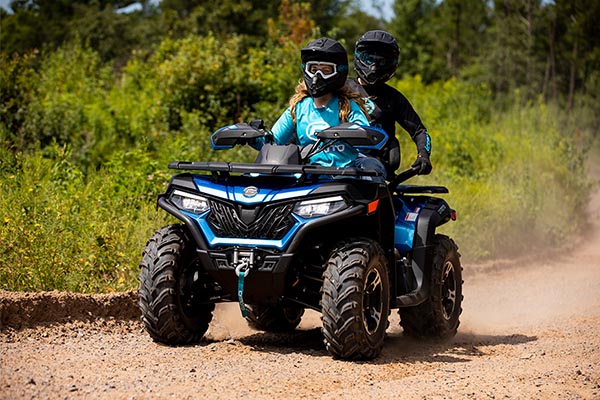
The all-terrain vehicles (ATVs) are called by many names including four-wheeler, quad bikes, or off-road vehicles. As the name implies, ATVs are designed to handle a wide variety of terrain that are untraceable by most of the other vehicles. An ATV can be used as a power sports joy-rider or a utility machine, depending on your need.
Some people may describe an ATV as a cross-breed between a mini-car and a motorbike. It is a four-wheeler vehicle, with a motorcycle handle. An ATV is a rugged vehicle which is designed to handle rough terrain, and it does not even have to be registered in most countries; including India.
HOW TO START RIDING AN ATV
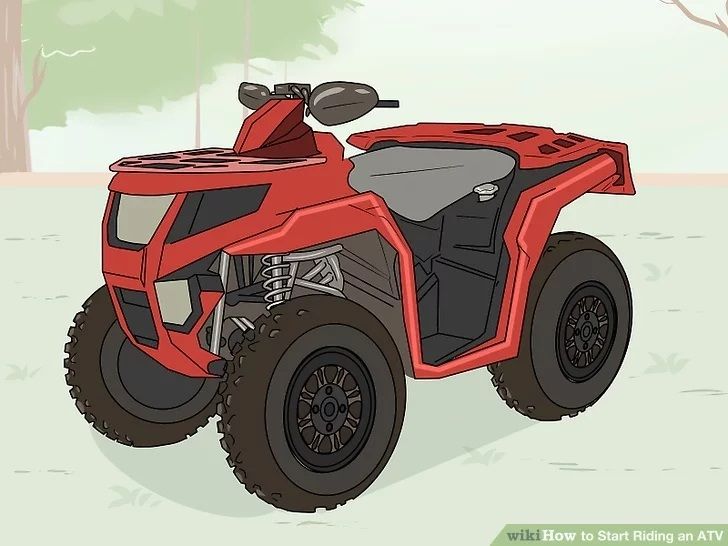
Choose An Appropriate ATV To Start Riding.
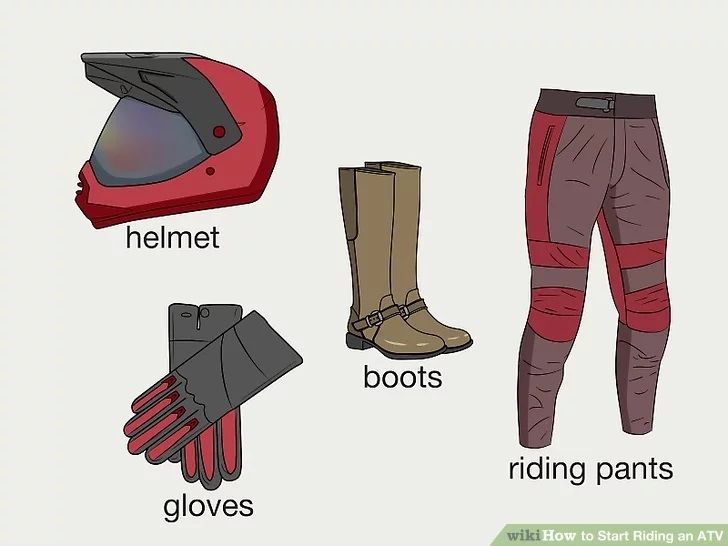
Wear Protective Gear When You Ride
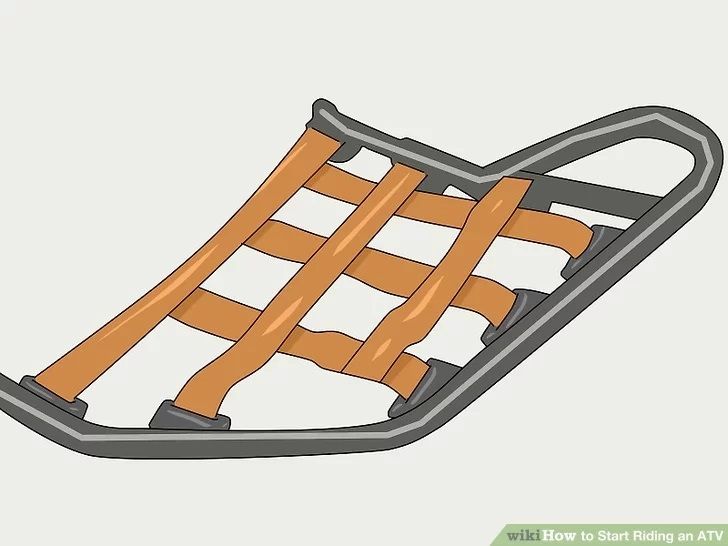
When You’re Learning To Ride, Use NERF Bars.
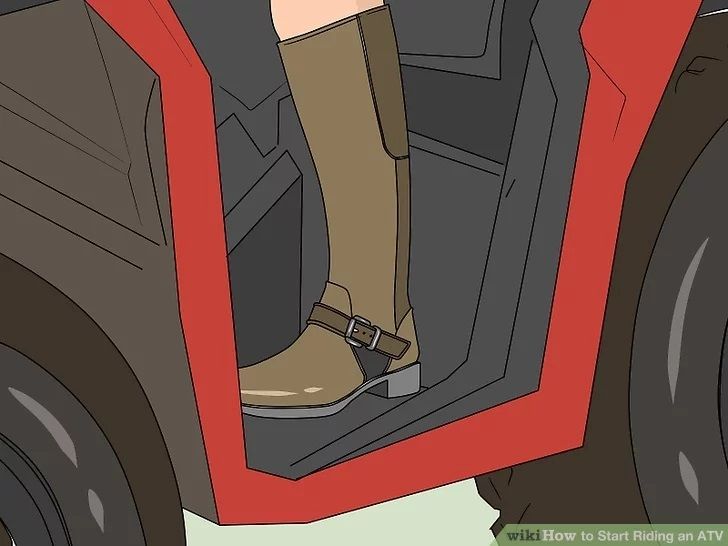
Keep Both Your Feet On The Foot Pegs All The Time While Riding.
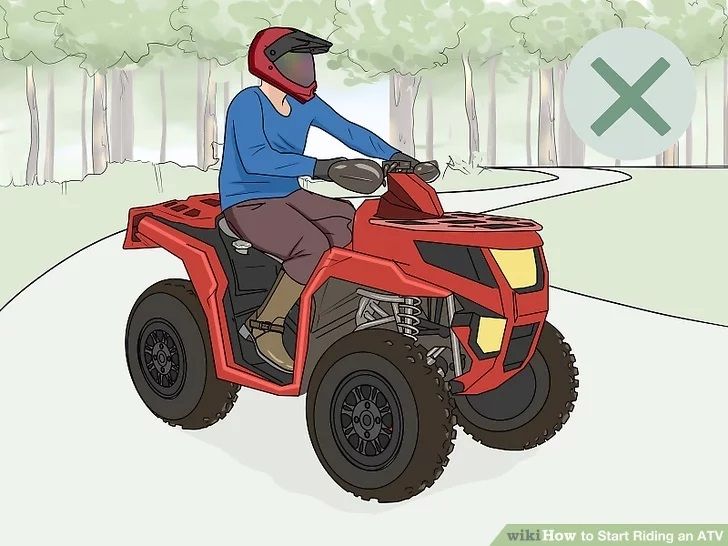
To Avoid Getting Hit By A Vehicle, Avoid Riding On Paved Roads.
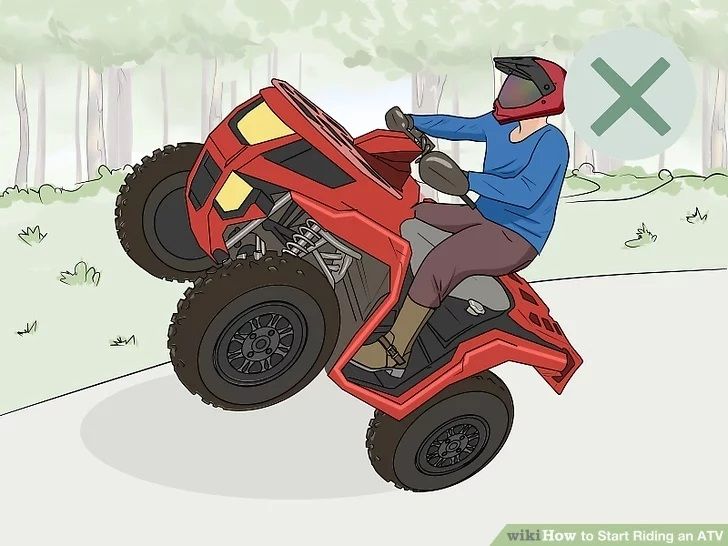
Don’t Attempt Wheelies When You Start Riding An ATV.
LEARNING HOW TO RIDE
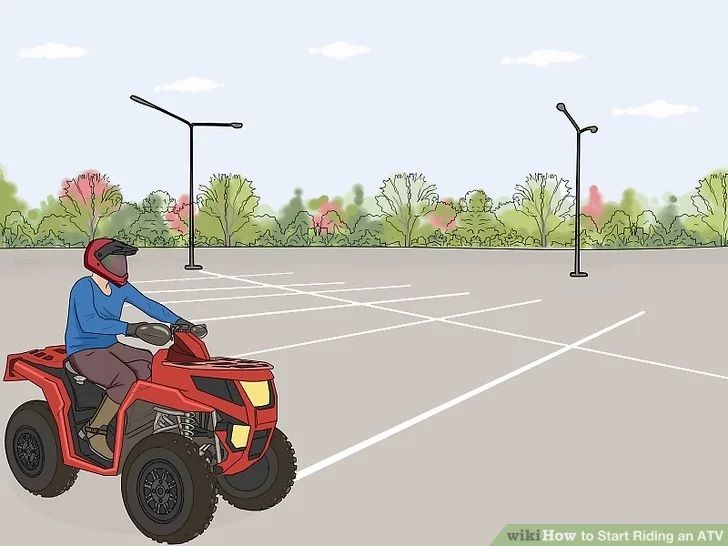
Ride In An Open-Area Without Any Obstacles When You Start.
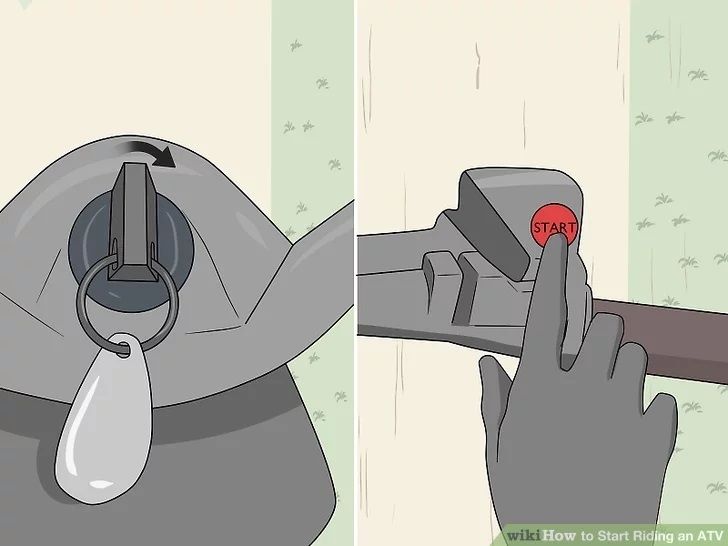
To Start The ATV, Turn The Key And Press The Start Button.
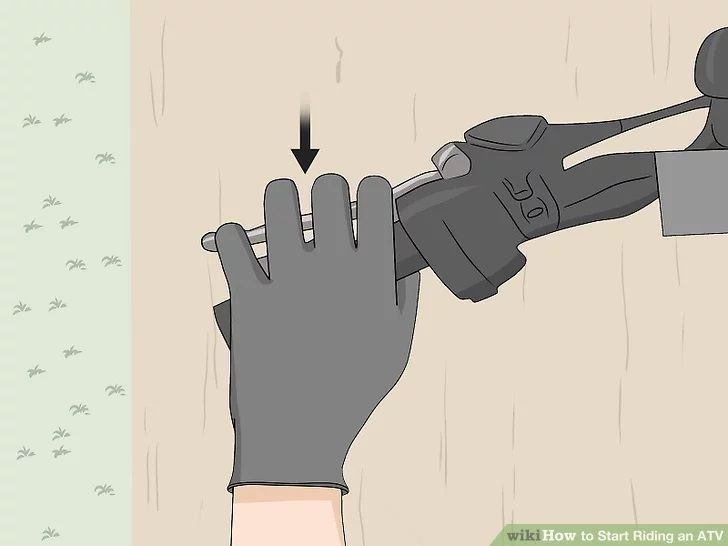
Pull The Clutch Handle To Place The Engine In Neutral.
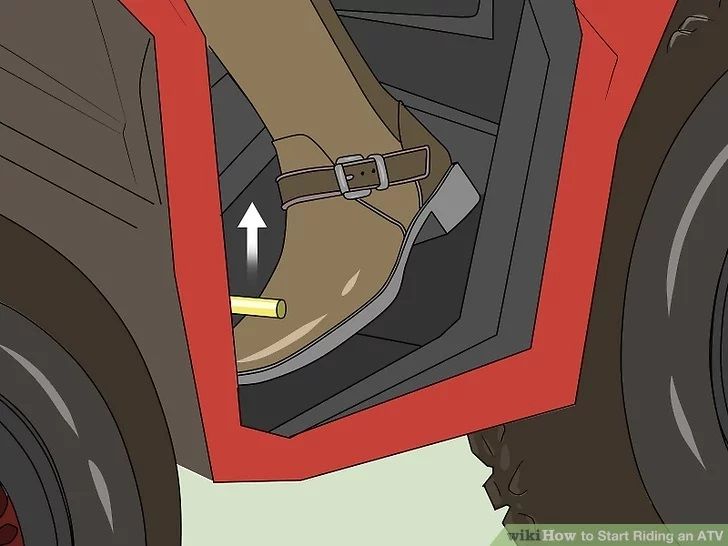
Use Your Left Foot To Raise The Gear-Shift-Lever And Shift It Into Higher Gears.
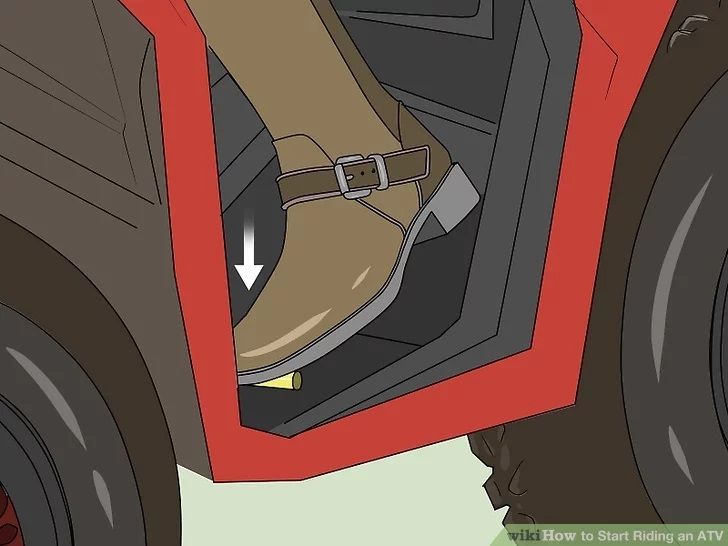
As You Slow Down Your ATV, Shift Down Into Lower Gears.
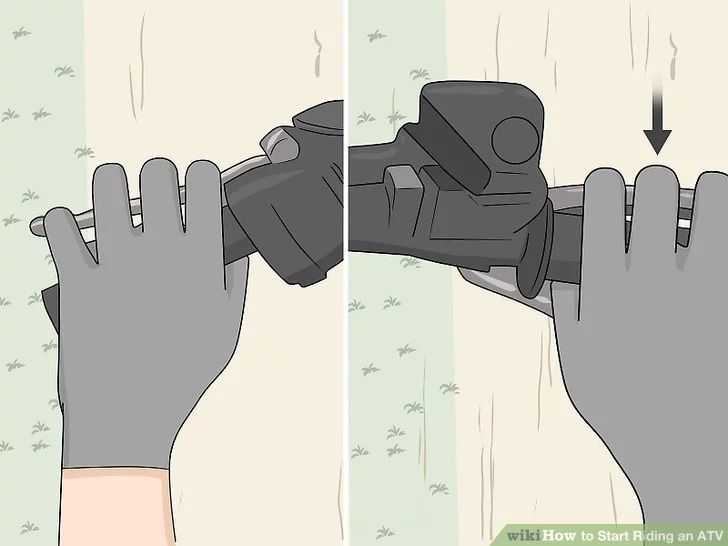
Apply Brakes With Your Right Hand And Only Gradually Add Your Left Hand.
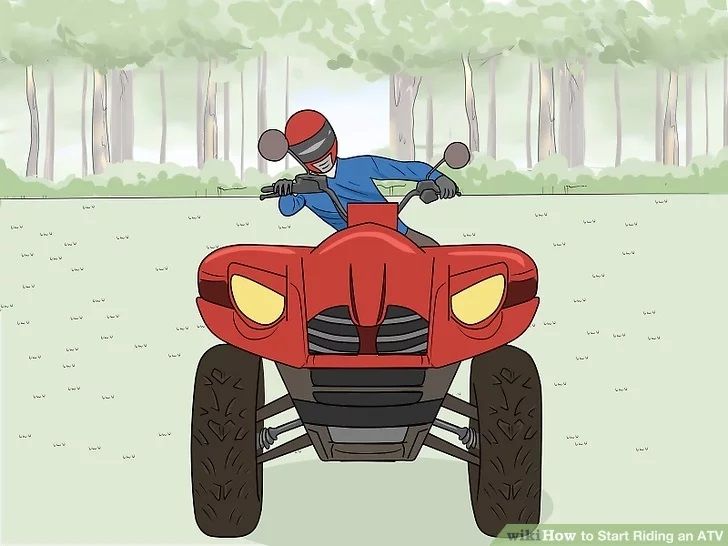
Lean Into Turns To Keep The ATV From Tipping

You Can Also Take An ATV Riding Course To Receive A Formal Training.
BUILDING AN ATV TRACK
There are a lot of things to consider when you start planning your ATV riding track. Even before you start designing the layout of the track, there are many plannings to do. First of all, you need to pick the right site. Let’s consider you get dry seasons where you live, then you’ll have to worry about dust kicking up during the ATV rides. Now let’s say, a fence could help with noise and dust, but you’ll also have to check with your local building department about all the setback requirements. It must also be taken into account that putting in a fence adds to the cost of the track. To be full-proof prepared, find a place with enough of room where it doesn’t bother the neighbors.
DRAINAGE
Water always finds its way to the lowest point and causes erosion on its way there. It would be great if you can manage a naturally sloped area to build your track. Otherwise, you’ll have to put in drainage pipes or slope the terrain yourself. You should also take care about erosion controls when you choose your location. If and when you do install the drainage pipes, keep in mind that they are needed to be covered with a fair amount of dirt. Otherwise, the ATV’s you ride on the track will destroy most of the drainage pipes over time.
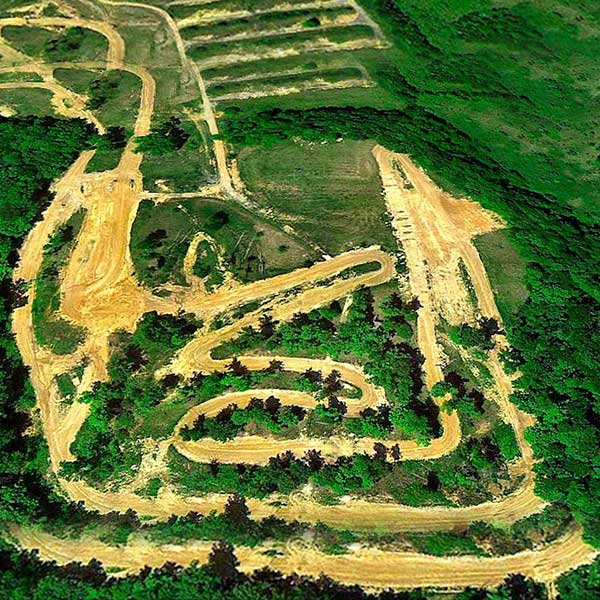
DIGGING AND DIRT
If you have enough space, a pound can be dug near the tracks and the soil from it can be used to build your ATV track. You could also dig out the side of a hill, where the dug area could be used as a berm, and the dirt could be used to build some tabletops or jump ramps. If these options don’t work out for you and you need to buy dirt, loamy soil works best but is the most expensive type of soil. Clay soil is good as it holds its shape better, but sandy soil drains better. Loamy soil serves as a good combination between the two.
DESIGNING YOUR TRACK
The first step in designing a track is to decide which type of track you want to build. The track choice may vary from a supercross style track to a motocross, etc. One may also want a few whoops and jumps to give a more natural feel to the track.
TYPE OF TRACK
Supercross track works best on super flat pieces of land, if you don’t mind a lot of dirt while riding your ATVs. If you have a hilly terrain, the best option is to go with a motocross-style track, or any track with a natural touch to it.
OBSTACLES
- A Series Of 3 Ft Jumps
- Backward Ski Jumps
- Step On Step Off Section
- Whoops Section
- Table Top
- Banks Or Berms
BASIC INFORMATION ON ATV
ATVs can be loosely classified into two types. Single Rider: As the name itself suggests, single Rider ATVs are intended for use by a single rider. These can range from 50 – 800 CC.
Multiple riders: Multiple participant ATVs can be used by a rider, and can occupy 1-3 passengers. Such ATVS typically start at around 600 CC.
USES
All-Terrain Vehicle Tracks at Amusement Parks, Large Real Estate Townships, Entertainment Zones, Natural Trails, All-Terrain Vehicle Trails across Forests, and Out of City Location Adventure Camps.
MINIMUM AREA REQUIRED
1 acre
